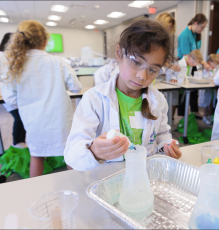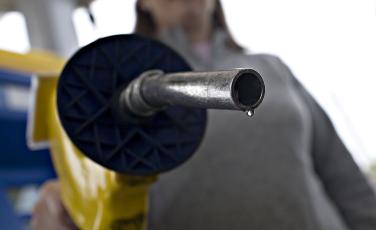For women’s history month, we’re honoring female innovators whose contributions have made modern life possible for millions of Americans.
Maria E. Beasley, 1836-1913

In 1882, Maria Beasley secured the patent for a life raft. Her original design featured collapsible metal floats and airtight containers, which allowed for the raft to be stored easily and readily available in case of an emergency. Her designs laid the foundation for modern life rafts, which use polyurethane and nylon for durability and waterproofing. Throughout her career, Beasley would secure an impressive 15 patents, many of which focused on improving transportation safety. Historians credit Beasley’s inventions with saving “an uncountable number of lives”.
Mary Anderson, 1866-1953

In the early 1900’s, Mary Anderson was visiting New York City when she took a cab to get out of the snow. The driver routinely got out of the car to clean off the windshield, causing road delays. After returning home to Alabama, Anderson sketched up a prototype for the first-ever windshield wiper. Her original design featured wood and rubber attached to a string that the driver could pull to clear off the windshield. Beasley was awarded the patent in 1903 and was later inducted into the National Inventors Hall of Fame in 2011. Today, most windshield wipers use EPDM rubber as it offers more durability for the wiper blade.
Madam C.J. Walker, 1867-1919

Madam C.J. Walker, born Sarah Breedlove, suffered from a scalp ailment that resulted in hair loss. After experimenting with both home remedies and store-bought haircare, Breedlove developed her own line of haircare that was specifically tailored to the curls and texture of black women’s hair. Breedlove traveled the country with her products, teaching women the “Walker Method” to enhance — not change — the appearance of natural hair. The Madam C.J. Walker Manufacturing Company was wildly successful, with profits in the modern-day equivalent of several million dollars. Breedlove became the first self-made American female millionaire. Today’s haircare manufacturers rely on polyethylene to package the haircare products that millions of Americans use every day.
Mary Sherman Morgan, 1921-2004

Raised on a rural farm in North Dakota, Mary Sherman Morgan didn’t start attending school until age 8. After graduating high school at 19, she ran away to attend Minot State University. Morgan fell just short of graduating, having accepted a job as a chemist to support the war effort. Her thorough understanding of thermodynamics and chemistry led her to develop hydyne, the blend of fuel and oxidizer used to power American rockets during the Space Race, namely the Jupiter-C rocket that put Explorer 1 into orbit. Today’s rockets use a blend called RP-1, which allows for a longer, more controlled burn and more thrust to get the rocket into space.
Stephanie Kwolek, 1923-2014

American chemist Stephanie Kwolek was born and raised in rural Pennsylvania. After graduating from Margaret Morrison Carnegie College, she pursued polymer research at DuPont to uncover the “next generation” of polymer fibers that could withstand extreme conditions. Her research led to the invention of Kevlar®, a heat-resistant and extremely strong synthetic fiber commonly used in bulletproof vests, tires and even clothing. After retiring, Kwolek was inducted into the National Inventors Hall of Fame (1994) and was awarded the National Medal of Technology (1996) and the Perkin Medal (1997).


